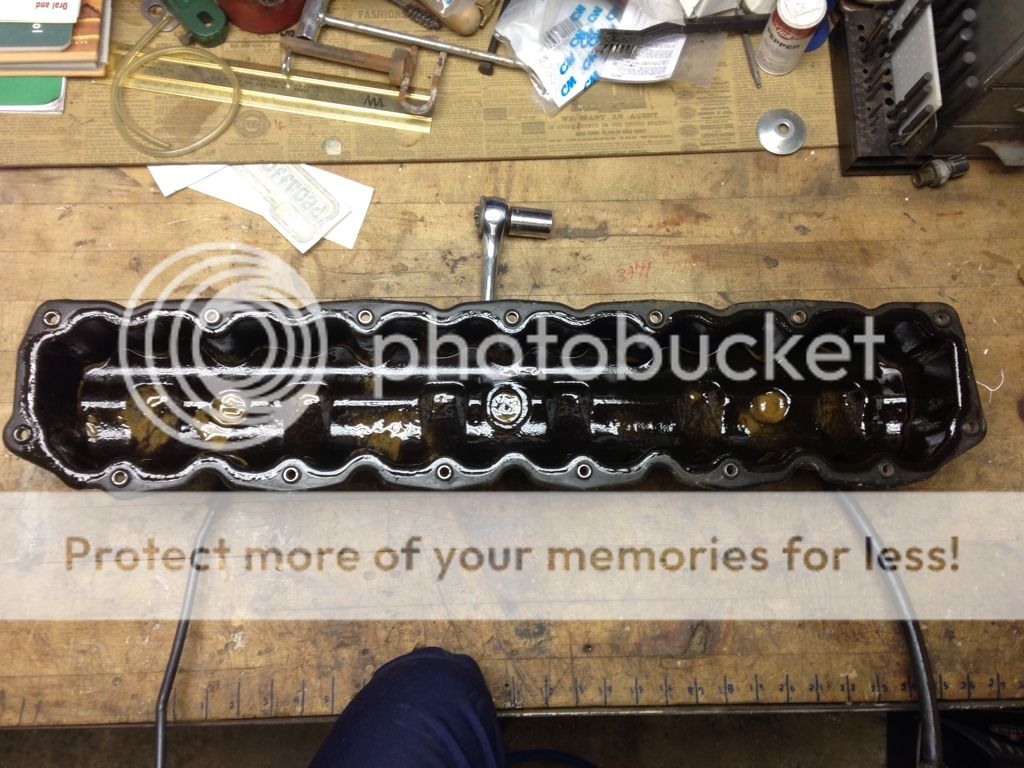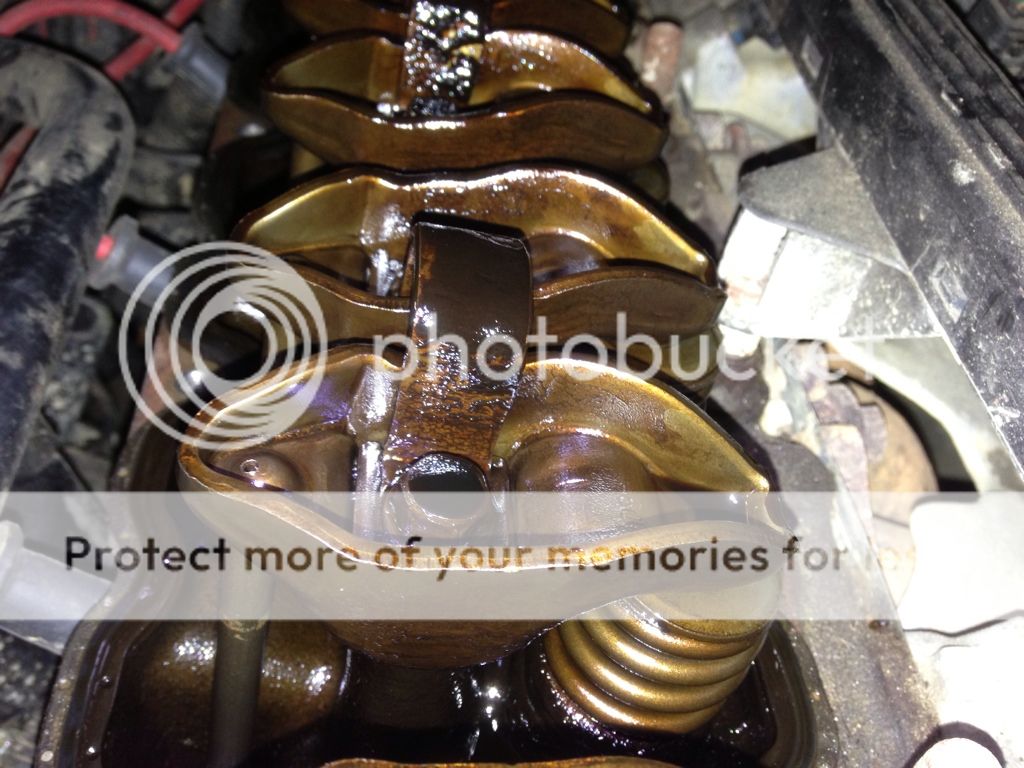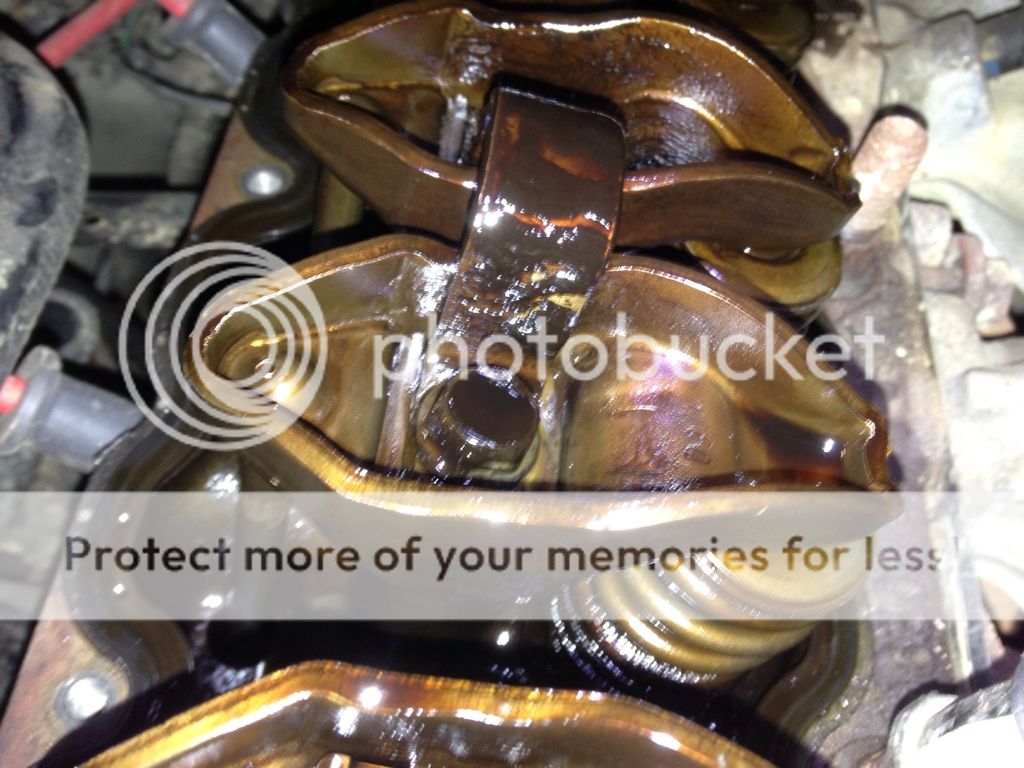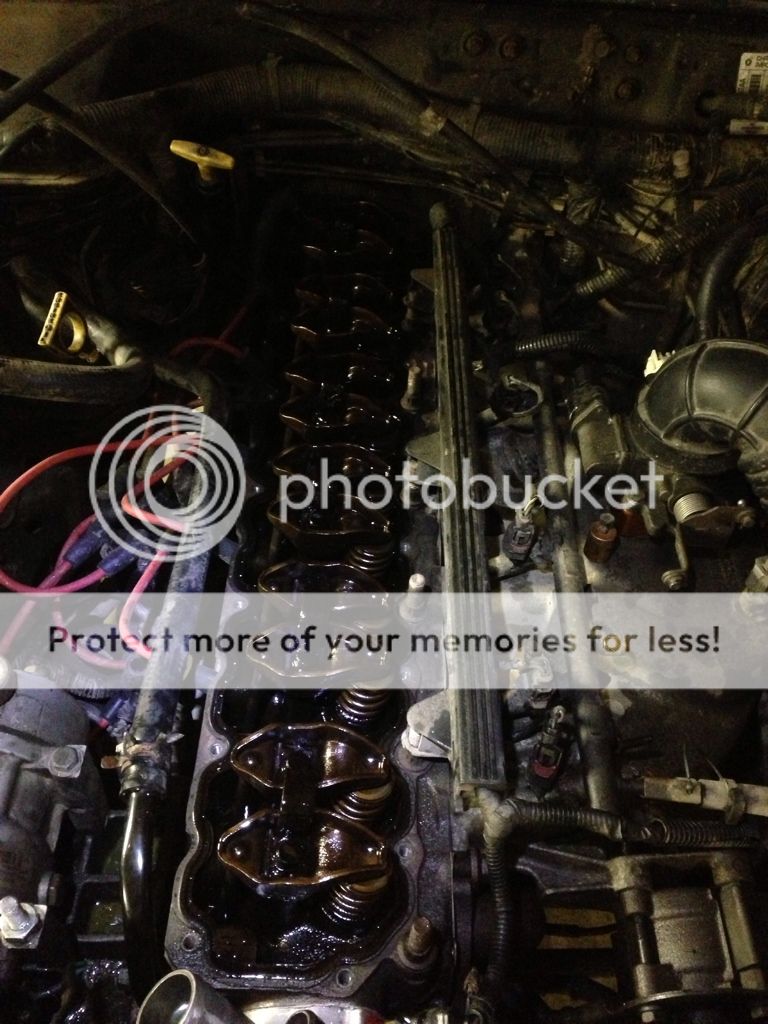Kingkong0192
NAXJA Forum User
- Location
- New Milford, CT
Well, recently there has been some disappearing coolant in my XJ. It's a 1999 XJ with 118,000 miles, and supposedly the head-gasket was changed out at around 90k miles by the dealer that i bought it from. Was overheating, they towed it, said it was the headgasket, fixed it, and gave it back. Don't know whether they lied or not.
Anyways, i thought i had a hole in the radiator, so i recently replaced the;
-Radiator
-Thermostat Housing
-Thermostat
-Water Pump
-Fan Clutch
-All Hoses
-Rad Cap.
Still loosing coolant out of the reservoir once again. Bought a combustion leak tester, and according to that, i do not have exhaust gases in the coolant. (A bunch of coolant leaked out of the rad cap when the engine was warming up.)
Went out today and saw this under the jeep. (The oil looking stuff.) Most of the coolant was already on the ground from it leaking out of the rad cap when i was testing it.
If there is oil leaking, what does that mean? What should i do next?
I've read about a bad HG causing your engine bearings to wear out. Can someone please explain to me what engine bearings are?
Thanks in advance.

Anyways, i thought i had a hole in the radiator, so i recently replaced the;
-Radiator
-Thermostat Housing
-Thermostat
-Water Pump
-Fan Clutch
-All Hoses
-Rad Cap.
Still loosing coolant out of the reservoir once again. Bought a combustion leak tester, and according to that, i do not have exhaust gases in the coolant. (A bunch of coolant leaked out of the rad cap when the engine was warming up.)
Went out today and saw this under the jeep. (The oil looking stuff.) Most of the coolant was already on the ground from it leaking out of the rad cap when i was testing it.
If there is oil leaking, what does that mean? What should i do next?
I've read about a bad HG causing your engine bearings to wear out. Can someone please explain to me what engine bearings are?
Thanks in advance.









